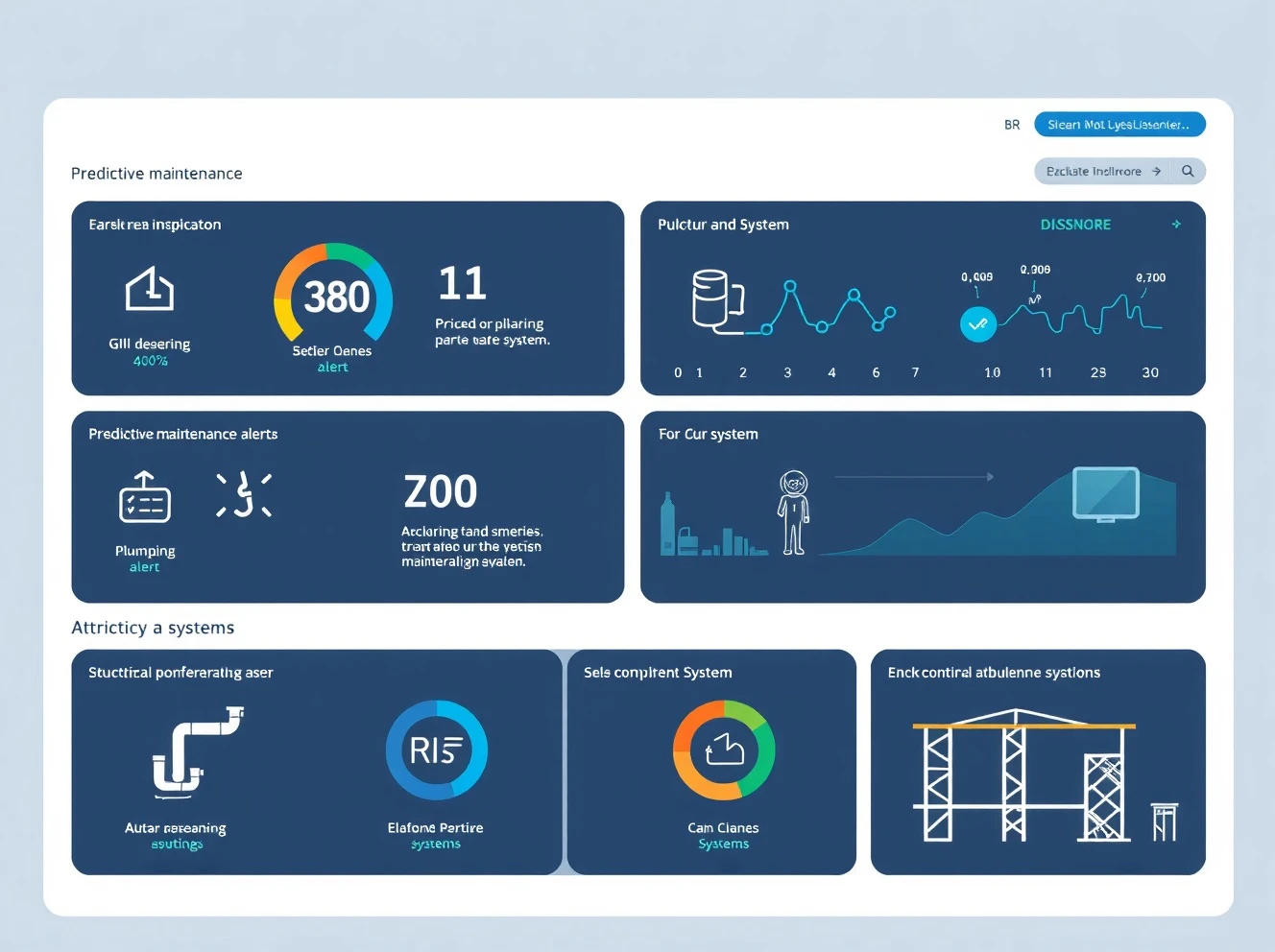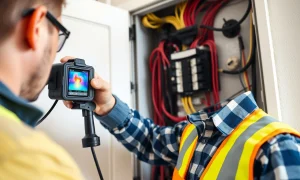Homeowners face unexpected repair costs every year. However, predictive algorithms for home failures can transform how we maintain our properties. These systems analyze patterns to forecast potential issues before they become emergencies. Consequently, you can save thousands in repair bills and prevent major damage. This comprehensive guide demonstrates how to build your own predictive algorithm for home failures.
Understanding Predictive Algorithms for Home Failures
Predictive algorithms for home failures use historical data to identify potential problems. They analyze patterns from various home systems. These systems include plumbing, electrical, and structural components. Therefore, homeowners receive early warnings about possible failures. Machine learning models process sensor data and maintenance records. They then generate accurate predictions about future issues.
Step 1: Data Collection for Home Failure Prediction
Begin by gathering relevant home maintenance data. Collect information from multiple sources. Include repair histories and sensor readings. Also document environmental factors and usage patterns. Smart home devices provide valuable real-time data. Additionally, maintenance logs offer crucial historical context. This foundation enables accurate predictive modeling.
Step 2: Choosing the Right Machine Learning Approach
Select appropriate algorithms for your predictive model. Consider these options:
- Regression models for continuous data prediction
- Classification algorithms for failure type identification
- Time series analysis for temporal pattern recognition
- Anomaly detection for unusual system behavior
Step 3: Feature Engineering for Home Systems
Transform raw data into meaningful features. Create indicators for system age and usage frequency. Also develop metrics for environmental stress factors. Furthermore, establish baseline performance measurements. These features significantly improve prediction accuracy. They help the algorithm identify subtle failure patterns.
Step 4: Model Training and Validation
Train your predictive algorithm using historical data. Split data into training and testing sets. Use cross-validation techniques for robust results. Monitor performance metrics carefully. Adjust parameters to optimize prediction accuracy. Regular validation ensures reliable performance over time.
Step 5: Implementing Real-Time Monitoring
Integrate your predictive algorithm with home monitoring systems. Connect to smart sensors throughout the property. Establish data pipelines for continuous analysis. Set up alert thresholds for different failure types. Implement automated reporting mechanisms. This creates an active protection system.
Step 6: Continuous Model Improvement
Regularly update your predictive algorithm with new data. Monitor prediction accuracy and adjust accordingly. Incorporate feedback from actual repair outcomes. Expand data sources as technology evolves. This iterative process maintains model relevance. It also improves prediction precision over time.
Step 7: Practical Applications and Benefits
Implement your predictive algorithm for various home systems. Monitor plumbing for potential leaks. Track electrical system performance. Watch for structural integrity changes. These applications provide significant advantages:
- Cost reduction through preventive maintenance
- Safety improvement by identifying hazards early
- Extended equipment lifespan through timely interventions
- Peace of mind from proactive home protection
Frequently Asked Questions
What data do I need to start building a predictive algorithm for home failures?
Begin with maintenance records, repair histories, and sensor data. Include information about system ages and usage patterns. Environmental factors and seasonal changes also contribute valuable insights.
How accurate are predictive algorithms for home failures?
Accuracy depends on data quality and model sophistication. Well-trained algorithms typically achieve 80-90% prediction accuracy. Continuous improvement enhances reliability over time.
Do I need programming experience to create these algorithms?
Basic programming knowledge helps but isn’t essential. Many user-friendly platforms offer drag-and-drop interfaces. However, advanced customization requires programming skills.
What home systems benefit most from predictive algorithms?
Plumbing, electrical, HVAC, and structural systems show the best results. These systems have measurable performance indicators and predictable failure patterns.
How much does it cost to implement a predictive home maintenance system?
Costs vary based on system complexity. Basic implementations start around $500. Advanced systems with multiple sensors can reach $5,000. The investment typically pays for itself through prevented repairs.
Can predictive algorithms work in older homes?
Yes, but they may require additional sensor installation. Older homes often lack built-in monitoring capabilities. Retrofit solutions effectively address this limitation.








